For decades, the morning and nightly ritual of brushing one’s teeth was a simple, manual endeavor. Today, the bathroom counter has become a potential tech hub, with electric toothbrushes offering a dizzying array of features: pressure sensors, multiple cleaning modes, Bluetooth connectivity, and timers. They promise a cleaner, healthier mouth with less effort. But with price tags that can be ten to twenty times higher than a simple manual brush, many consumers are left wondering: is this a genuine leap forward in oral hygiene or merely a cleverly marketed convenience? Are electric toothbrushes truly worth the investment?
The answer lies not in the flashy features, but in a clear-eyed examination of the evidence. This article will dissect the value proposition of electric toothbrushes by directly comparing their performance to manual brushes, reviewing the clinical studies on their plaque and gingivitis reduction capabilities, and conducting a thorough cost-benefit analysis that goes beyond the initial purchase price.
The Head-to-Head Battle: A Scientific Comparison with Manual Brushes
The fundamental difference between an electric and a manual brush is the source of motion. With a manual brush, the efficacy is entirely dependent on the user’s technique, consistency, and motivation. The “scrub” method that many people use is often haphazard and can be overly abrasive. In contrast, an electric toothbrush provides its own motion, and the user’s role is primarily to guide it.
The most common and clinically supported technologies are:
- Oscillating-Rotating (O-R): Pioneered by brands like Oral-B, the brush head rotates in one direction and then the other, pulsating to break up plaque.
- Sonic/Side-to-Side: Used by brands like Philips Sonicare, these brushes use high-frequency vibrations (often 24,000-62,000 movements per minute) that create a dynamic fluid force that cleans even between teeth and below the gumline.
Key Performance Differentiators:
- Consistency of Motion: An electric brush delivers thousands of consistent, identical brush strokes per minute. A person using a manual brush would find it physically impossible to replicate this speed and consistency, leading to a more uniform clean.
- Built-In Timers: Most electric brushes have a two-minute timer and often 30-second quadrant pacers. Studies consistently show that people using timed brushes brush for a longer and more adequate duration than those without, ensuring all areas of the mouth receive attention.
- Pressure Sensors: This is a critical feature for preventing damage. Many people brush too hard, which can lead to gum recession and enamel wear. Electric brushes with pressure sensors will flash a warning light, slow down, or pulse to alert the user, promoting a gentler, safer technique.
- Ease of Use for Limited Dexterity: For individuals with arthritis, carpal tunnel syndrome, or other conditions that limit hand mobility, an electric toothbrush can be transformative. It requires far less fine motor skill and physical effort to achieve an effective clean.
The Evidence Base: What Plaque Reduction Studies Reveal
The marketing claims of electric toothbrush brands are not merely speculative; they are backed by a substantial body of independent, peer-reviewed research. Systematic reviews and meta-analyses, which combine data from multiple high-quality studies, provide the most authoritative conclusions.
A landmark 2014 Cochrane Review, a gold standard in evidence-based medicine, analyzed data from 56 clinical trials. The conclusion was clear: powered toothbrushes with an oscillating-rotating action demonstrated a statistically significant, albeit “modest,” reduction in plaque and gingivitis compared to manual brushes in both the short- and long-term. The review found that these brushes reduced plaque by 21% and gingivitis by 11% over a three-month period.
More recent studies have continued to bolster this case. A 2019 study published in the International Journal of Dental Hygiene concluded that an oscillating-rotating toothbrush was significantly more effective than a manual brush at reducing both plaque and gingivitis indices over a 4-week period.
Why the Superior Results?
The efficacy is attributed to the engineering of the brush heads. The high-speed, automated movements are simply more effective at disrupting the sticky, tenacious biofilm of plaque than the variable and often inefficient motions of a human hand. The consistent speed and motion ensure that even hard-to-reach areas, such as the back molars and the inside surfaces of the front teeth, receive a powerful cleaning action that manual brushing often misses.
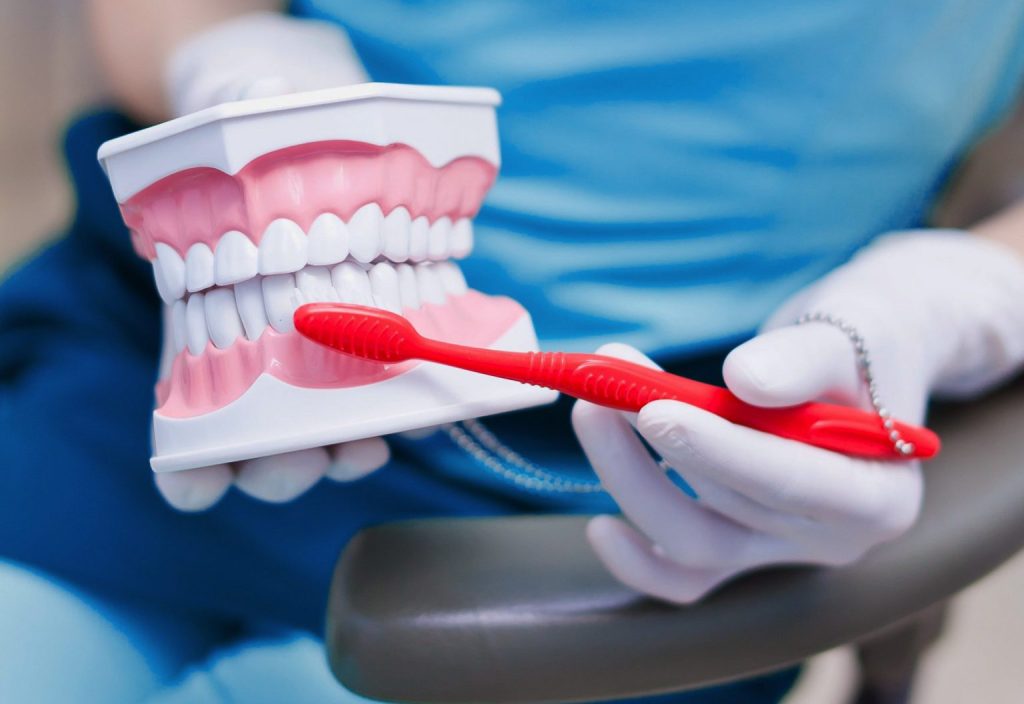
The True Cost: A Long-Term Cost-Benefit Analysis
The most significant barrier to adopting an electric toothbrush is the upfront cost. A high-quality model can range from $50 to over $300, while a manual brush costs just a few dollars. However, a true analysis must look at the long-term financial and health implications.
The Cost Side of the Equation:
- Initial Investment: This is the primary cost, but it is a one-time or infrequent expense (every 3-5 years for the handle).
- Recurring Brush Head Costs: This is the most comparable ongoing cost. Electric brush heads typically need replacement every 3 months, just like manual brushes. A pack of 4-6 replacement heads can cost between $20 and $50, which is significantly more than a pack of manual brushes. Over a year, this can add $20-$40 to your oral care budget.
The Benefit Side of the Equation (The “Return on Investment”):
- Potential for Reduced Dental Costs: This is the most compelling financial argument. A cleaner mouth with less plaque and gingivitis directly translates to a lower risk of cavities and gum disease.
- Cavities: A single filling can cost between $150 and $400 without insurance.
- Gingivitis and Periodontitis: Treating advanced gum disease requires deep cleanings (scaling and root planing), which can cost hundreds to thousands of dollars per quadrant.
- By more effectively preventing these issues, an electric toothbrush can pay for itself many times over by helping you avoid costly dental procedures.
- Intangible Health Benefits: The value of healthy gums and teeth extends beyond money.
- Systemic Health Links: There is a well-established correlation between gum disease and serious systemic conditions like cardiovascular disease, diabetes, and respiratory infections. Maintaining optimal oral hygiene is an investment in overall health.
- Confidence and Comfort: A truly clean mouth feels different—it’s smoother and fresher. Reducing gingivitis means less bleeding, inflammation, and bad breath, contributing to daily comfort and confidence.
- Behavioral Benefits: The built-in timers and pressure sensors train users to adopt better oral hygiene habits that last a lifetime. This “coaching” aspect has a value that is difficult to quantify but is undoubtedly significant.
The Verdict of the Analysis:
For a healthy individual with excellent manual dexterity and impeccable brushing habits, the marginal improvement from an electric brush may not justify the cost. However, for the vast majority of people—including those who are prone to cavities or gingivitis, those who rush their brushing, those who brush too hard, and those with dexterity issues—the long-term health benefits and potential savings on dental work make the electric toothbrush a sound and worthwhile investment.
Conclusion: A Smart Investment for Most, a Necessity for Some
So, are electric toothbrushes worth the investment? The evidence points to a resounding “yes” for most people. While a manual brush used with perfect technique for the correct amount of time can be effective, the reality is that very few people achieve this ideal. Electric toothbrushes, particularly oscillating-rotating models, bridge this “technique gap” by providing a consistent, timed, and thorough clean that is proven to remove more plaque and reduce gingivitis more effectively than manual brushing.
The initial cost is quickly contextualized when viewed as a long-term investment in preventative health. The potential to avoid painful and expensive dental procedures, coupled with the profound benefits of having a truly healthy mouth, makes the electric toothbrush not just a luxury gadget, but a powerful tool for proactive wellness. It is a purchase that pays dividends in health, confidence, and potentially, significant financial savings for years to come.

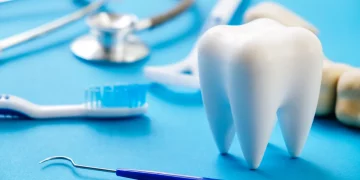



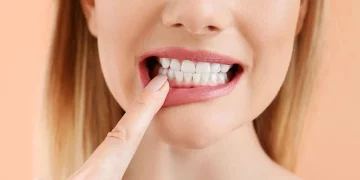

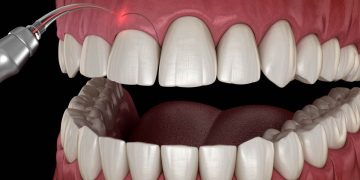
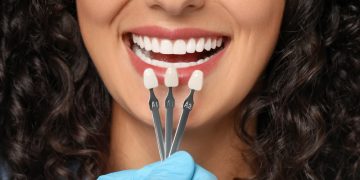
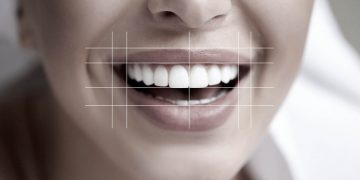
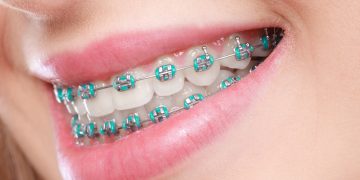
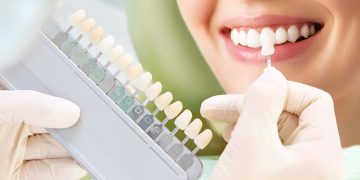
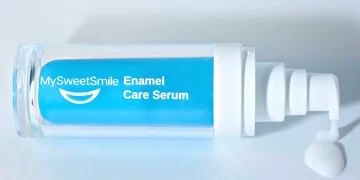


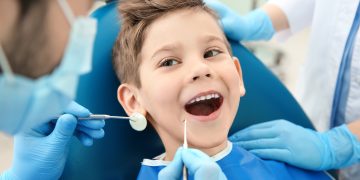










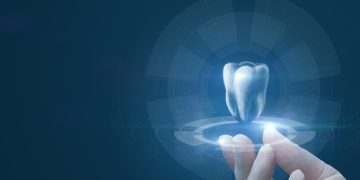



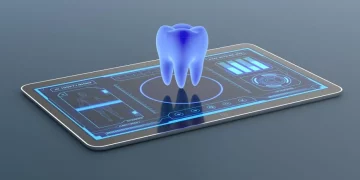













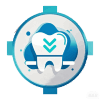
Discussion about this post